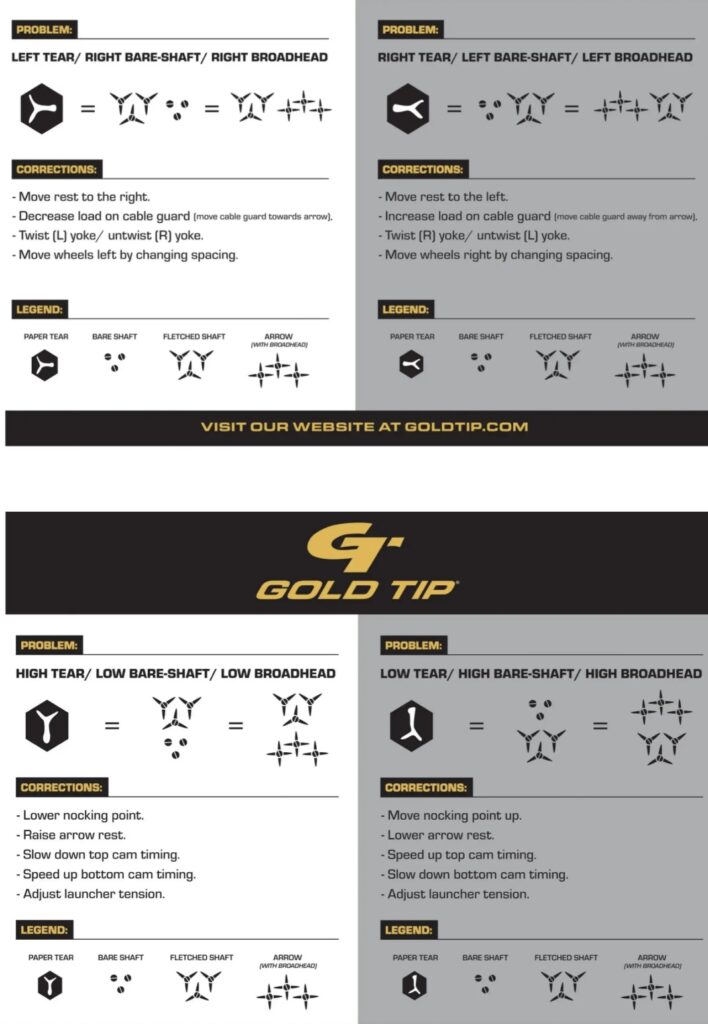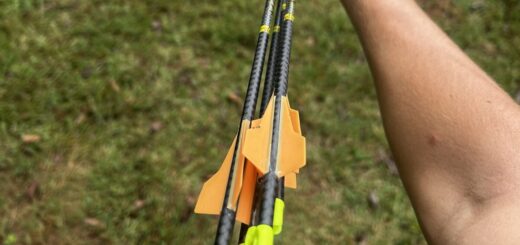Broadhead Tuning Secrets That Every Passionate Bowhunter Should Know
Have you ever had your bow shooting perfect bullet holes through paper, you get your bow sighted in weeks before the season, you’re feeling confident, and then right before the season opener you try shooting a broadhead and you miss by a mile? This all too common phenomenon is the result of a bow that hasn’t been fully tuned. Even if your bow shoots great with field points, you’re not receiving the full picture of what is going on with your bow’s tuning. Let’s dive into why broadhead tuning is important and why it is a must-do before heading to the woods.
Why do my Field Points shoot great if my bow is out of Tune?
Believe it or not, your bow will still group arrows pretty dang well if it’s out of tune as long as you execute consistently. Now it’ll definitely be more forgiving if it is tuned perfectly, but field points will still shoot well because they have very little aerodynamic effect on the arrow. Field points typically do not have planing surfaces that catch air and cause the arrow to behave unpredictably. If the tune of your bow is off or you torque your grip, the vanes will correct most of the issue when using field points. However, broadheads throw a wrench into this system.
Why does Broadhead Tuning matter?
The blades on broadheads (especially fixed blades) act like another set of vanes. However, they are positioned at the worst point on the arrow for stabilization. The blades will actually counteract what the vanes are designed to do. Therefore, if the arrow leaves the bow even slightly out of square, the result is an unpredictable, erratic flight. This is why it is so important to ensure that your arrows are leaving your bow perfectly straight when using broadheads.
Broadhead tuning process
Start by shooting an arrow with a broadhead at your (broadhead) target followed by an arrow with a field point. (Shoot the broadhead first so the blades don’t cut the vanes on the field point arrow). Make sure you are making good shots with a consistent grip on the bow. If the broadhead lands at a different spot, the arrows are leaving the bow pointed in the direction that the broadhead missed. Now you will need to move your rest, cam lean, and/or nocking point to make the arrows point straight at the bullseye as they leave the bow. Gold Tip has created a fantastic chart to help with this process which I will include below.

The goal with tuning is to properly align the rest and nocking point so that your bow is launching the arrow perfectly straight. When done correctly, broadhead tuning will ensure that the planing surfaces on the broadheads will have the least effect possible on the arrow’s flight.
Which Broadheads tune the easiest?
It’s simple, smaller broadheads with less blade surface are easier to tune. They won’t catch as much air to impact the arrows flight. This is why mechanicals, where most of the blade (planing surface) is hidden during flight, fly better than fixed blades. For a comprehensive list of which broadheads group the best and are thereby easiest to tune, consult the Easton Arrow Ballistics Study: https://westernhunter.net/information/the-arrow-ballistics-study-results/#h-which-were-the-most-accurate-broadheads

